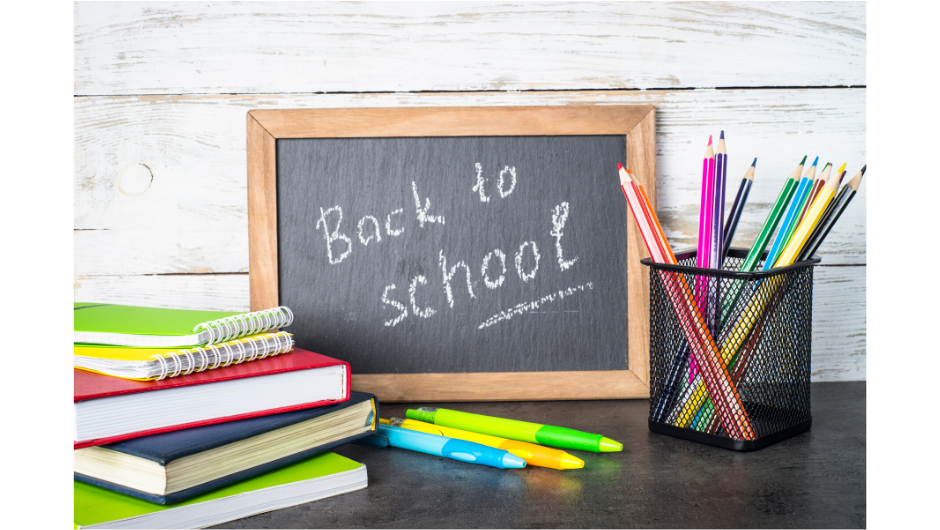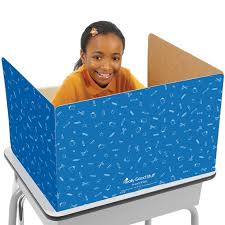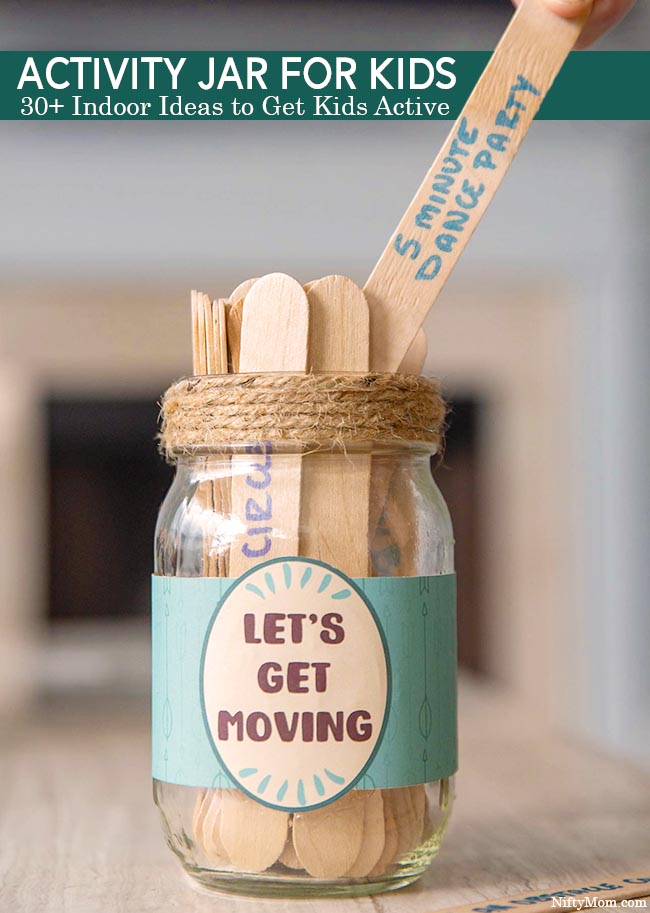
One thing I think we can all agree on…. 2020 has been a year like no other! And it doesn’t look like the end is in sight just yet. We had hoped that by sheltering in place in the spring and summer we would be able to go back to life as we know it come fall. But here we are at the beginning of another school year, and there isn’t a scrap of normalcy to be found.
For those of us who have older kids (like myself), navigating a pandemic has been hard enough. But for those people with school-age children the problems are exponential. You made it through e-learning in the spring (possibly by the skin of your teeth) thinking that was the worst of it. And now you are staring down the barrel of another school year with nothing but indecision in your holster. Do we send the kids to school? Is our district even having in-person classes? Do we homeschool? Can we possibly work from home and homeschool at the same time? What if we send them to school and there’s another wave? What if? What if? What if?
Whether you have answers to some or none of those questions, I have some thoughts to help you prepare as well as possible for this completely unpredictable school year ahead.
First of all, whether you have decided to send your kids back to school or continue e-learning at home, you need to plan on some e-learning time and space. Even if schools are open and kids are back in attendance, there is going to be some kind of e-learning component, whether from adjusted school schedules and reduced time spent in schools, another wave of pandemic, or all of the above. So plan for that now.
Designated Work Space
Make sure every student in your house has a designated space to work. Make it somewhere quiet,  with as few distractions as possible. You don’t have to have a desk for everyone – a card table, TV tray, dining table, etc all work just fine – but it needs to be a space conducive to work. If more than one student needs to work at the same table, consider adding a privacy partition, or “thinking booth” as we called them in my teaching days. You can find ones like this from Walmart or Really Good Stuff, or you can make them by taping together a few folders, or foam board. Just something to give your students a little more privacy and eliminate some distractions.
with as few distractions as possible. You don’t have to have a desk for everyone – a card table, TV tray, dining table, etc all work just fine – but it needs to be a space conducive to work. If more than one student needs to work at the same table, consider adding a privacy partition, or “thinking booth” as we called them in my teaching days. You can find ones like this from Walmart or Really Good Stuff, or you can make them by taping together a few folders, or foam board. Just something to give your students a little more privacy and eliminate some distractions.
Also, consider noise-reducing headphones if there will be a lot of noise distractions…
Organize the Supplies
With e-learning comes all the necessary school supplies that goes with it. Find that space now. It can be a closet, a cart, a cabinet, even a basket – whatever you have that will work for you! Label the containers for crayons, pencils, etc. Stock it with everything your child will need, most likely the things from the school supply list that you would have sent with them. Having a dedicated and labeled space will insure that at the end of the day, your home and your kitchen table are usable for the family again, and not just strewn with school supplies. For the younger kiddos, train them to put their supplies away in the appropriate spaces when they are done. Build that responsibility skill as soon as possible to help them grow and to help preserve your sanity!
Structured Schedule
One of the things that all students thrive on in an actual school setting is the structure and routine. So now that you have the work spaces figured out, set the schedule. Depending on the adult work situations this may be easier said than done, but do what you can to set a routine that is the same from day to day. This will help your student know what to expect out of every day, and create some normalcy in a very strange situation. Also, it helps eliminate frustration and meltdowns when there are as few “unknowns” as possible. You can have a set daily schedule that is the same for every day of the week, or you can have special schedules for each day of the week – whatever will work best for you and your students.
Don’t forget to schedule in breaks and physical activity. As a rule of thumb, a child’s attention span is 1 minute per year of age. So if your child is 8 years old, you can realistically expect 8 minutes of attention before they need to move or shift focus. This “break” can be as simple as some stretching activities or jumping jacks – not every break needs to be a half hour recess – but keeping kids active is the key to success. They simply cannot sit and work for hours on end. Which leads me to my next tip…
Create an Arsenal of Activities

The thing about kids is that while they like routine and structure in school, they like to mix it up when it comes to activity. If you try to have your student do jumping jacks for every break, they will quickly bore, and then you will be as bad off as if there was no break at all. So before school starts, get an arsenal of tricks in your bag. One quick, easy idea is a jar with popsicle sticks. Together with your child, think of some things they would like doing for a quick break: jumping jacks, a quick game of tag, hula hooping, dance off, etc. anything ACTIVE. Then when it’s time for a break, your child can grab a stick out of the jar for something to do. Save TV and video games for an after school veg-out activity – they don’t do anything to recharge the attention span.
There are also lots of apps and websites that offer great quick activities for kids. One that we used A LOT when I was teaching was GoNoodle.com. There are all kinds of songs, dancing, yoga, exercise, etc options, most of which are only a few minutes long. I’m sure there are also lots of other equally awesome sites out there that are easily found with a quick Google search.
And when the weather and your schedules align, plan some outdoor activities. A walk on a hiking trail or a run through the sprinkler, though maybe a longer “break” than usual, can do wonders for all attitudes and productivity.
Bottom line, breaks and activity will always diffuse a frustrating situation and lead to more productivity than trying to “power through” and get work done. By planning for breaks you will be setting you and your student up for success!
Expect the Unexpected
If you are trying to work from home at the same time you have a student(s) e-learning in the same space, you need to plan for the unexpected.
Will you all be online at the same time? Can your internet handle it? If at all possible, upgrade your internet as necessary to be able to withstand the additional usage. If an upgrade isn’t possible or won’t fix the problem, then maybe a staggered schedule will help. It’s definitely not ideal, but it’s better than nobody getting any work done. Either way, knowing NOW what is and isn’t possible with your internet will help you plan better.
What will you do if your student has a question right in the middle of your important Zoom call? Coming up with a plan or “code” ahead of time will ward off frustration on both sides. When I was a teacher, I had a little flag on a flagpole. I taught my students early on, that when the flag was up, I could not be interrupted at that time. Any similar code will work – even something as simple as “do not disturb” on a post it note outside your office. Whatever it is, make sure everyone understands the code  in advance, and it should help minimize disruptions. From there though, you need to teach your student some coping mechanisms to help deal with the situation. If they are stuck on a math problem 5 minutes into your hour long meeting, you certainly don’t want them waiting 55 minutes while doing nothing. Teach them how to skip that one and move on to something else. (This sounds so logical, but for young kiddos especially, this is a very difficult concept). Have a list of 3 things they can do instead while they wait for you: read a book to a pet or stuffed animal, write in a journal, practice with some flash cards, etc.
in advance, and it should help minimize disruptions. From there though, you need to teach your student some coping mechanisms to help deal with the situation. If they are stuck on a math problem 5 minutes into your hour long meeting, you certainly don’t want them waiting 55 minutes while doing nothing. Teach them how to skip that one and move on to something else. (This sounds so logical, but for young kiddos especially, this is a very difficult concept). Have a list of 3 things they can do instead while they wait for you: read a book to a pet or stuffed animal, write in a journal, practice with some flash cards, etc.
Keep Communication Lines Open
Though I am not trying to teach children during this pandemic, I can tell you this as a teacher: no one wants your children to strive and thrive through this thing more than them. Your children’s teachers truly care and are working beyond hard to figure out the best way to help your child learn during these strange times. They also understand that parents aren’t teachers, AND they may be trying to work full time from home. When you are struggling or just can’t make the assignment happen by the deadline, communicate. Most teachers will completely understand, and do all they can to work with your schedules. Keep in mind, they have never tried to teach during a pandemic either, so there is a learning curve for everyone involved. Fair and open communication will make it easier for everyone to figure out.
Regardless of how much prior planning takes place, know that there WILL be things that come up and try to derail the situation. By scheduling and planning for as many variables as possible in advance, it will make it a bit easier to take the other unexpecteds in stride, and minimize the headaches for you and your student. BUT remember this…. this is uncharted territory for all of you. Breathe, ask for help when you need it, and be sure to give yourself a big heaping helping of GRACE. I am a former teacher and professional organizer, and I can’t even imagine how to juggle working full time from home while trying to help my kids learn. So how can you be expected to have it all figured out either?!?
If you have more questions or need more ideas for getting through this phase, please don’t hesitate to reach out to me! Best of luck to all in the 2020/2021 school year!
Happy Organizing and Planning!
lisa
